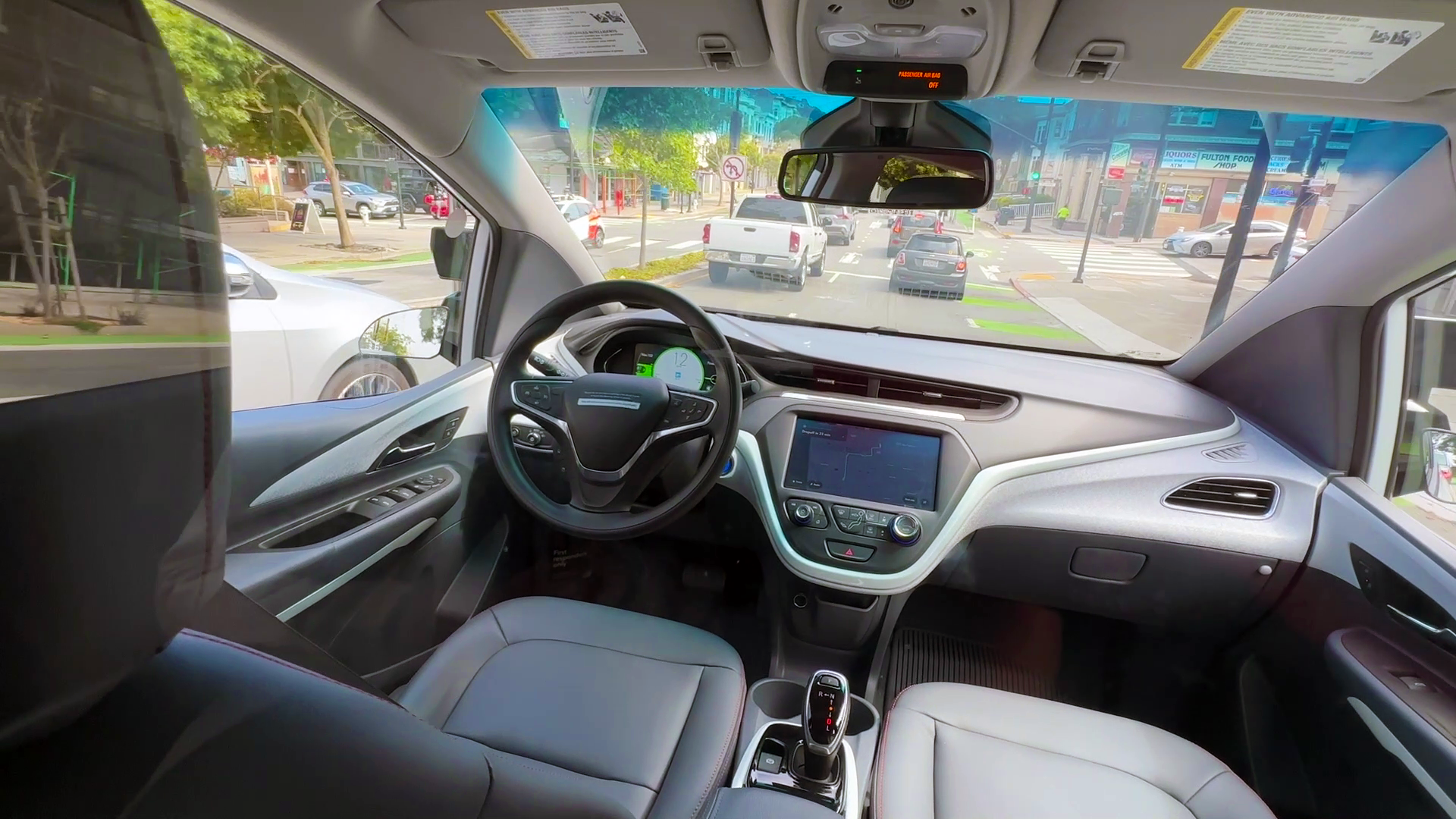With the days counting down until San Francisco's MOMA two-year planned hiatus for renovations, workers are busily packing up nearly 30,000 pieces of art for the big move.
The museum will shut its doors on June 2 as it begins a massive, two-year renovation that will more than double its size.
"These are very fragile, very delicate works of art," said SF MOMA director Neal Benezra. "We've got to handle them very carefully."
The staff is already packing up the collection, some of it dating back to MOMA's first days in 1935.
While most of the collection resides in the museum's flagship quarters on Third Street which was completed in 1995, some of the art is still stored in the basement of SF MOMA's previous incarnation at the War Memorial Building.
The entire collection will be consolidated for the first time, and stored in a building in South San Francisco where it can be restored, cataloged and researched.
During the two-year closure, SF MOMA is planning to circulate some its art with a series of installations at museums around the Bay Area including the Asian Art Museum, the Oakland Museum and the Palace of the Legion of Honor.
Local
It will also exhibit some of its collection at off-the-grid venues such as the city of Los Altos, and a collection of Mark di Suvero sculptures at San Francisco's Crissy Field starting this May.
"It's a chance for us to experiment with the idea art might help people see our park resources in a new and interesting ways," said Howard Levitt of the National Park Service which operates Crissy Field.
SF MOMA is planning a blowout celebration during its last days, including several free days and all-night art marathons.
The museum is slated to reopen in January of 2016. The renovated building will expand to ten floors with more free areas for visitors to take-in works from artists like Richard Diebenkorn, Jeff Koons and Henri Matisse.
And in an arrangement that could be described itself as a unique work of art, the museum built the city a modern fire station in exchange for the ability to expand into old fire station, next door on Howard Street.
"In the annals of American museums," said Benezra, "I cannot think of an instance where a museum has built a new firehouse for its community, in order to be able to expand."



